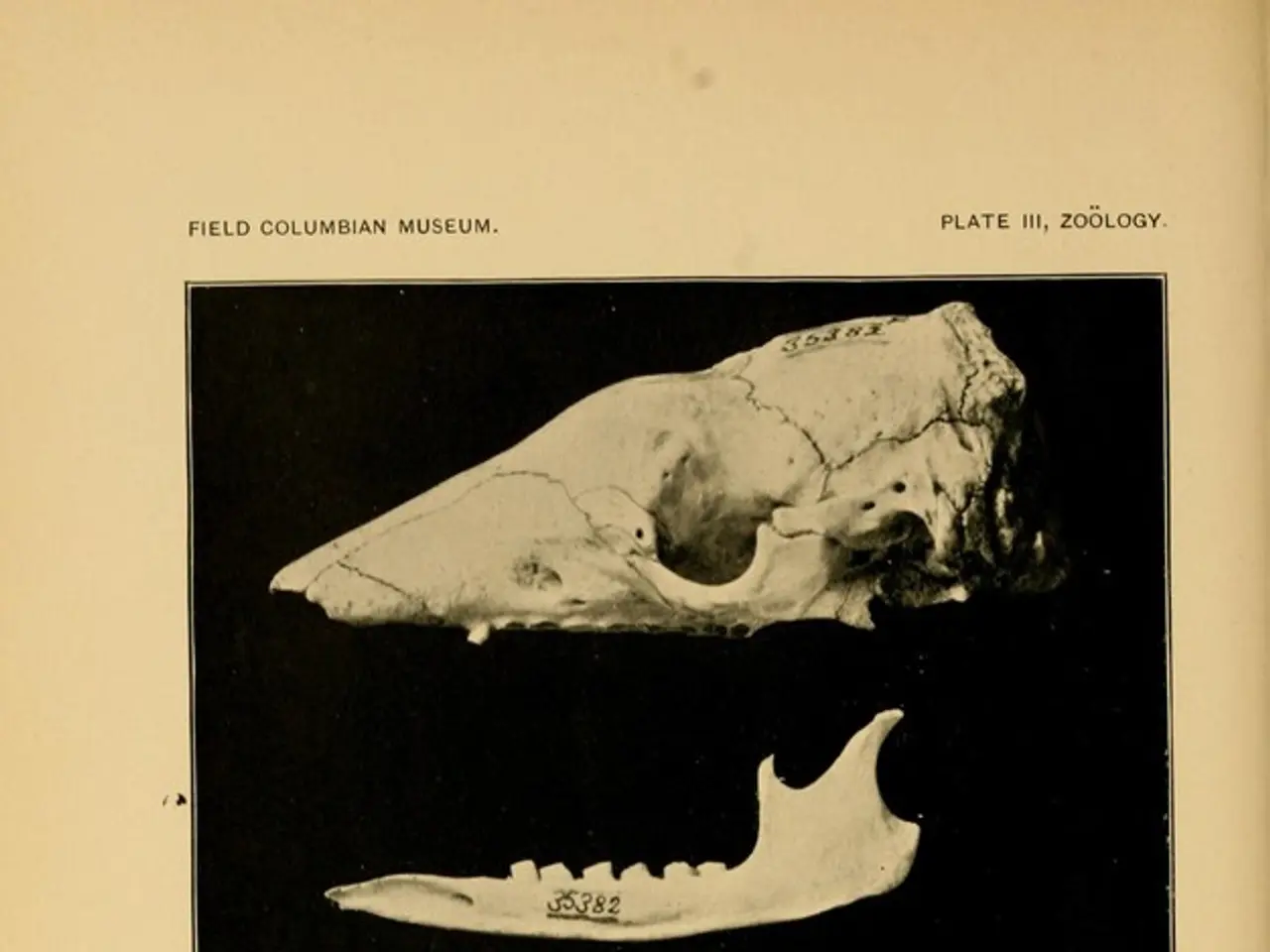Digestive Disorder: Bile Acid Malabsorption; Understanding Causes, Symptoms, and Treatment Strategies
Bile Acid Malabsorption (BAM), also known as bile acid diarrhea (BAD), is a condition that affects the digestive system, causing chronic diarrhea. This condition occurs when bile acids are not properly reabsorbed in the intestine, leading to excess bile acids entering the colon and causing symptoms primarily related to diarrhea.
Common Causes
BAM is often linked to impaired bile acid reabsorption in the ileum, a part of the small intestine. It is frequently observed after gallbladder removal, with studies indicating that up to 70% of such cases develop BAM. Additionally, other intestinal diseases or surgeries affecting the terminal ileum can contribute to BAM.
Symptoms
The primary symptom of BAM is chronic yellow or watery diarrhea due to irritation of the colon and reduced water absorption. Stools may be yellower than usual because bile contributes to stool color. Other symptoms may include abdominal discomfort, urgency to defecate, and sometimes weight loss or fatigue related to malabsorption. Symptoms can overlap with other gastrointestinal conditions like irritable bowel syndrome (IBS), including bloating and abdominal pain.
Diagnosis Methods
The diagnosis of BAM involves a clinical evaluation, blood tests, stool analyses, and specific tests such as the SeHCAT test, a nuclear medicine scan measuring bile acid retention. In some cases, response to bile acid sequestrants (trial treatment) may help confirm the diagnosis.
Treatments
Treatment for BAM primarily involves medications that bind excess bile acids in the intestine, reducing diarrhea and irritation. Examples include bile acid sequestrants such as cholestyramine, colesevelam, or colestipol. Dietary modifications, especially reducing fat intake, can also help minimize bile acid secretion and improve symptoms. Treatment for BAM may vary based on the specific form of the condition, with effective treatment for Crohn's disease-related BAM often involving controlling the underlying condition.
Home Management Strategies
Home management of BAM involves following dietary recommendations, maintaining hydration, avoiding trigger foods, and regular follow-up with healthcare providers for symptom management and adjustment of treatments. Lifestyle changes similar to those used in IBS management, such as stress reduction and possibly probiotics, may offer supportive benefits.
In conclusion, BAM causes chronic diarrhea due to excess bile acids in the colon from malabsorption. It is diagnosed by clinical evaluation and specific tests, treated mainly with bile acid binding medications, and managed at home by dietary changes and symptom monitoring. Early diagnosis and treatment of BAM can lead to significant improvements in symptoms and overall well-being. Anyone experiencing symptoms of BAM is encouraged to consult a doctor for a prompt diagnosis and treatment.
- While discussing medical conditions, it's worth noting that Bile Acid Malabsorption (BAM), like HIV or Multiple Sclerosis (MS), is a health-and-wellness issue that requires medical attention.
- In the realm of science and medical-conditions, BAM, similar to asthma, has symptoms such as chronic diarrhea, abdominal discomfort, and weight loss.
- Home management strategies for BAM, much like those for managing other gastrointestinal conditions such as Irritable Bowel Syndrome (IBS), may involve lifestyle changes, dietary recommendations, and regular follow-ups with healthcare providers.




